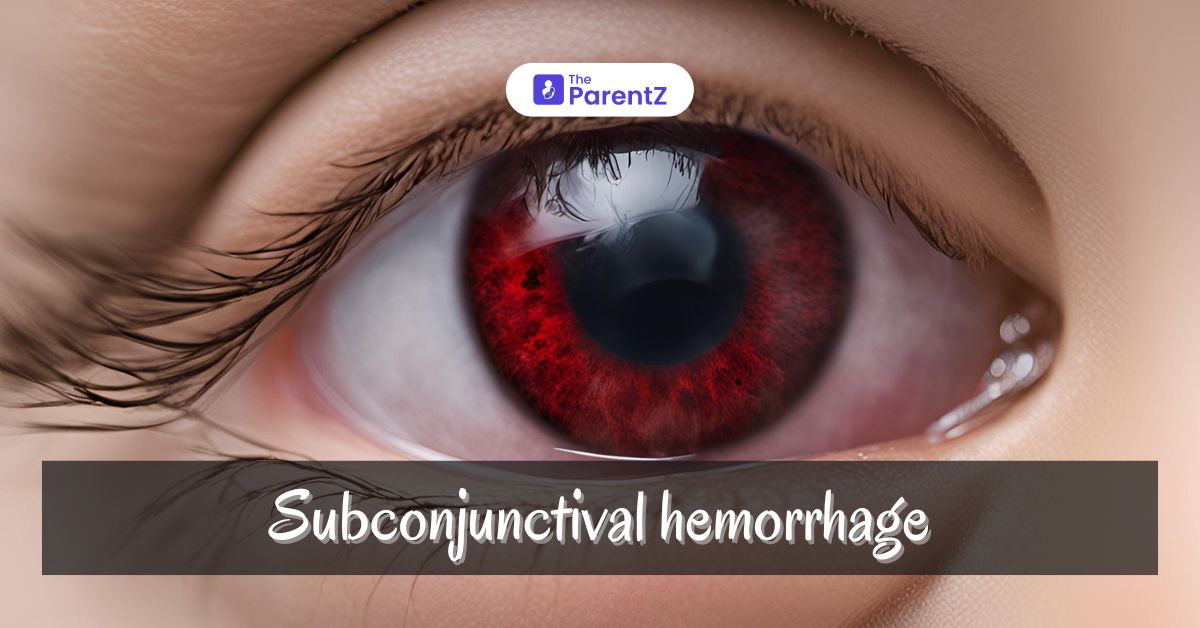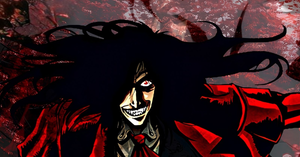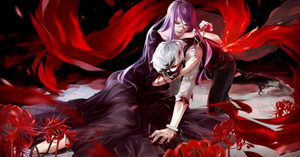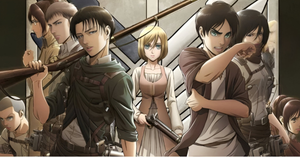What is subconjunctival hemorrhage?
Conjunctiva is the transparent layer which covers the eyeballs and the inner surface of eyelids. Hemorrhage refers to a collection of blood due to bleeding in any part of the body. Subconjunctival hemorrhage is bleeding and collection of blood beneath the conjunctiva in the eye. It appears as a red spot and looks really alarming but is in fact harmless and resolves on its own.
What are the signs and symptoms of subconjunctival hemorrhage?
There is a red spot or collection of blood visible against the white part of the eye. This spot may get bigger for the first 24 to 48 hours. With time, the spot changes colour and fades into yellowish before resolving. Sometimes the child may have foreign body sensation of mild irritation of the eye.
Why does my child get subconjunctival hemorrhage?
Subconjunctival hemorrhage happen when there is a leakage of blood. The conjunctiva or the transparent membrane covers scleral, the white part of the eye. There are very tiny blood vessels in this area. If a blood vessel bursts, there may be collection of blood which can lead to subconjunctival hemorrhage. It will develop when there are pressure change of the eye. It can also happen in a newborn due to pressure change of the eye during passage through the birth canal. Some very common activities which can lead to subconjunctival hemorrhage include:
- Heavy coughing
- Sneezing
- Vomiting
- Sudden spike of blood pressure
- Rubbing the eyes too hard
- Having a minor injury to the eye
- Taking blood thinning medicines
- Wearing contact lenses
How is subconjunctival hemorrhage treated?
Subconjunctival haemorrhage does not need any treatment and usually goes away on its own. The red spot fades into yellow just like a bruise before resolving. It can resolve in 1 to 3 weeks. Sometimes, the eye of the child may feel irritated and your doctor might prescribe a lubricant eyedrop to the child.
When should I consult a doctor?
Subconjunctival hemorrhage are usually harmless but you should consult your doctor if they are accompanied by other symptoms such as:
- Your child has intense pain in the eyeball.
- The hemorrhage keeps on increasing in size.
- Your child is getting repeated subconjunctival hemorrhages.
- There is discharge from the eye which appears like pus.
- The child has problems with vision.
- The eyes of the child become sensitive to light.
Tips regarding home care in subconjunctival hemorrhage.
- Subconjunctival hemorrhage can appear very alarming. You should reassure your child that it is not dangerous and well get better on its own.
- Do not let your child rub their eyes very often or very hard.
- Your child should not wear contact lenses unless subconjunctival hemorrhage resolves.









Be the first one to comment on this story.